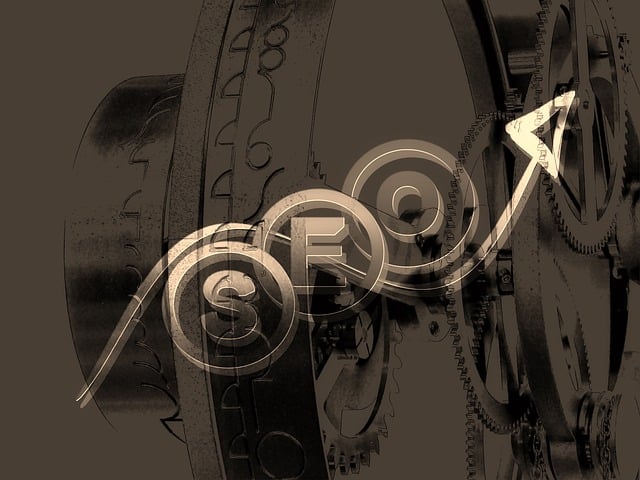When running a business, you might find yourself asking: should I focus on my SEO strategy, or should I prioritize PR instead? Both marketing approaches are excellent for increasing visibility, especially on search engines, but many overlook the fact that their relationship is highly symbiotic.
When PR and SEO join forces, the result is a strategy that gets your brand to new heights. Whether you choose to address the matter yourself or employ the help of paid guest posting services, these two strategies combined can transform your digital marketing. In this article, you will understand more about how these two complement one another.
What Are SEO and PR?
Short for search engine optimization, SEO involves the practices you use to make your content more visible to search engines (e.g., Google, Bing, etc.).
You can achieve this by using specific keywords, scattering backlinks across the media, or publishing owned content on various websites. These strategies help boost your search engine rankings, generating more clicks through technical approaches.
PR also aims to bring more awareness, but rather than focusing on the technical side, its goal is to build trust. Short for public relationships, PR helps your brand obtain more awareness by using earned media.
This includes newspapers, blogs, magazines, or other third parties that showcase your company in a positive light
Ways Their Combination Transforms Your Marketing
PR and SEO go hand in hand, to the point where not combining them can prove rather wasteful. Below are 10 ways their combination can turn your marketing efforts into a great success.

- They Build High-Quality Backlinks
Good PR strategies place your brand in reputable publications and news outlets, increasing awareness through mentions.
SEO relies on backlinks, especially those from high-authority sources. Search engines trust these sources, so placing a backlink there increases the chances of users clicking on your link.
Additionally, readers often refer to these outlets as authority sources, allowing you to generate more backlinks as they check the source.
- They Maximize Content Visibility
PR campaigns are designed to create a newsworthy story, establishing you as an expert in the domain.
However, by integrating SEO into the media mentions and press releases, search engines will have an easier time crawling your content and pushing it forward. As the visibility of your content is increased, organic traffic can also go higher.
- They Help Reach a Broader Audience
PR effectively tells a story and attracts a few visitors when published.
However, combining PR with SEO allows you to reach new audiences you couldn’t access before. By using relevant keywords in guest posts and similar content, search engines can find your material, even when users search for something else.
Just make sure that the optimized keywords are relevant to the industry, as this can affect conversion.
- They Create Consistent Messaging Across Platforms
A good PR strategy can improve your brand image through storytelling, leaving a message that creates an impact for the reader.
It defines the values, voice, and core ideas of your company, building trust and recognition. A good SEO strategy makes sure that the narration aligns with what people are looking for in the search queries, transforming it into search-friendly content.
This can increase your brand’s worth by 20%, as readers are more likely to trust a cohesive voice.
- They Resonate with a Niche Audience
The combination of SEO and PR helps you reach both a broader audience and a niche one.
Most PR campaigns target a specific industry or demographic, especially when involving a news piece or press release. By using the right long-tail keywords, you can rank higher for niche audiences and boost your relevance.
- They Improve Online Reputation
A good PR strategy uses media relations to build positive sentiment. It secures coverage like feature stories or interviews. This helps create a favorable image or repair negative press.
SEO plays a key role here. It ensures these pieces rank high in search engines. This pushes negative press lower. Over time, your online reputation improves.
- They Improve Social Media Engagement
A good PR campaign creates stories that resonate with the audience, creating a lot of buzz as discussions take over.
These conversations can help create a stronger online presence, amplifying your brand awareness. By integrating the technical aspects of SEO, you take things up a notch, using hashtags and SEO to improve crawlability.
Not only should your content appear in social feeds, but search results as well.
- They Improve CTR through Brand Awareness
On average, 59% of links are not clicked. This happens even if they have good SEO optimization.
The reason is simple. Viewers often don’t recognize the source. As a result, they scroll past it.
However, being mentioned in a news outlet changes this. Thanks to your PR strategy, readers are more likely to trust the link. This improves your click-through rate (CTR).
- They Bring Organic Traffic
A good PR strategy drives traffic to your website, especially through mentions from authority domains.
These mentions, however, don’t last long on their own. By incorporating SEO, you can use keywords and other strategies to keep the content evergreen, attracting visitors even after the initial buzz fades.
- They Let You Leverage Data for Insights
Good SEO tools provide data-driven insights. They show how specific tactics or keywords perform. Essentially, they reveal what makes your audience tick.
When this data is used in a PR campaign, the team can craft better messages. These messages resonate more with the audience. This leads to improved content engagement.
The Bottom Line
PR and SEO are powerful on their own. They become even stronger when combined.
PR focuses on the “human” side of your content. SEO handles the technical aspects.
Together, they enhance your image. They also drive long-term traffic to your domain.



